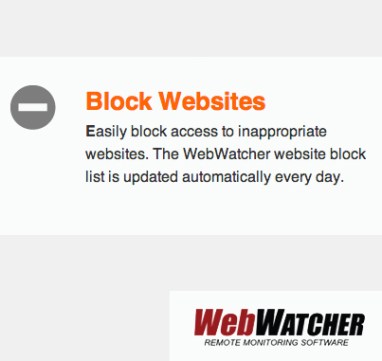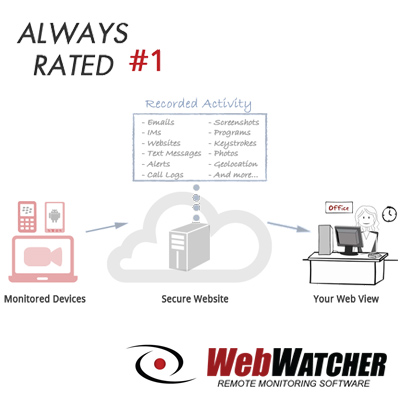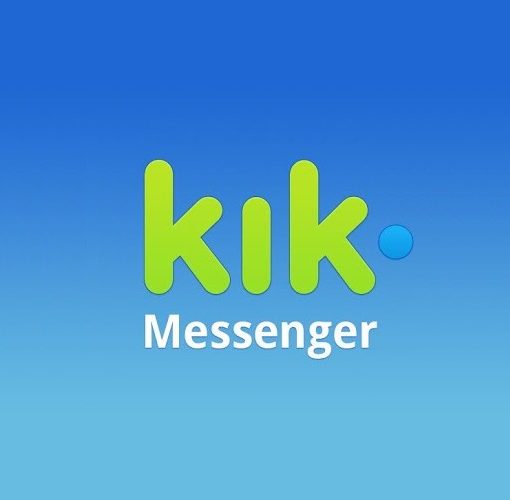Nearly all teens have smartphones within their grasp. For parents, these devices make connecting easier as their kids and teens are a phone call away. But those same devices allow teens to have access to a world that isn’t always safe.
Cyberbullying, inappropriate content, violence and the selfie allure of fitting into the cyber social world all rest within the apps and features of that phone. Parents may be oblivious to the accessibility that the phone allows underage users, but the use of parental control software can shine the light on what’s really happening on those screens.
How can parents know, though, if their child or teen is getting into tech trouble? What are some of the warning signs that the phone’s virtual playground has flipped a teen’s emotional world upside down?
- Change in behaviors
- Sleeping more (or less)
- Fear of going to school
- Complaints of physical ailments (stomach ache, etc.)
- Injuries
Parents know their children best, though. And there may be other signs that something just isn’t right. If you feel that your child is hiding something, feeling scared, suddenly agitated, sad or withdrawn, it’s time to have a talk. And take action.
Many parents turn to parental control software as a means to monitor and protect kids from inappropriate, dangerous and harmful online content and behaviors. Before you install any monitoring software on a teen’s cell phone, you need to disclose your intent to monitor. Explain that the software isn’t permanent and discuss why the monitoring is necessary and how it can protect them.
So what do you (and your teen) need to know about parental monitoring software?
Really, monitoring is as easy as the ABC’s. In fact, here are the ABCs of parental monitoring software:
A is for Adult Content. Monitoring can help you filter out x-rated adult sites and content. If it isn’t suitable for younger eyes…filter it!
B is for Browser History. Whether your teen is surfing the web on Safari or Google, most parental monitoring software programs allow you to see browser history.

C is for Cyberbullying. Nearly half of kids (43 percent) have been cyberbullied. Monitoring software allows you to see texts and emails that could indicate your child is a victim.
D is for Deleted Texts. If your teen is deleting texts to hide evidence of bad behavior, monitoring software may be able to show you those ghost messages.
E is for Email. Some monitoring software programs allow you to see emails.
F is for Fake Accounts. If your teen is an online bully, he/she may be creating fake online accounts to shame or harass a peer…and monitoring will show their digital tracks.
G is for GPS location. Software should allow you to see the exact location of your teen; this is one of the most popular features.
H is for Hackers. The internet is filled with people who aren’t what they seem. Teens may get hacked by downloading a virus hidden in an app or they may even be targeted online. Don’t let them get hacked by the hackers.

I is for Internet. The virtual world is a big and dangerous web. See what websites your teen is visiting, and have a chat if you notice anything inappropriate.
J is for Jailbreaking. No, not an actual jail! Jailbreaking is when you use software to modify phone software. You literally break into the phone. Jailbreaking typically will void a warranty. Reputable monitoring software should not ever require jailbreaking.
K is for Kik. This is a popular social media app. Choose software that allows you to monitor incoming Kik messages.
L is for Lying. Did your teen claim they were studying when they were actually doing something else? Or maybe they texted a friend about it? Monitoring may help you catch the lies.
M is for MMS. This stands for Multimedia Messaging Service. Monitoring software that allows you to see MMS messages allows you to view multimedia files (like videos) sent as a message.
N is for New Operating Systems. If you download the latest update for your operating system, always make sure your monitoring software is compatible.
O is for Options. Every type of parental monitoring software has different options. Find the one that fits your needs.
P is for Personal Information. Make sure kids (and teens) know to never give out personal information online or via social media.
Q is for Questions. Before you install any parental monitoring software, allow teens (or kids) to ask any questions they might have about the information you can view.
R is for Risk Free. Software programs should allow you to try their programs Risk Free. Typically, you can sign up for a risk free program.
S is for Sexting. Suggestive photos and provocative texts are both forms of sexting. Look out for commonly used emojis that represent sexual suggestions.
T is for the 20-20-20 Rule: When you’re online and staring at a screen, you should follow the 20-20-20 rule. So after 20 minutes of screen viewing, look at something twenty feet in the distance…for at least 20 seconds. Repeat as needed!
U is for Underage (aka a minor). Anyone under the age of 18 is a minor. Sending or receiving explicit photos of someone who is a minor is illegal. All teens need to know this.
V is for Viber. This is yet another social media app. Many monitoring programs allow you to see incoming messages from Viber.
W is for WhatsApp. Choose a software program that allows you to view incoming (or outgoing) message for this app.
X is for X-rated. A teen cannot view x-rated material. Set parental controls accordingly.
Y is for YouTube. Most parental monitoring software doesn’t allow you to see the videos watched on YouTube. But you might be able to filter content through the phone’s parental control systems.
Z is for Generation Z. This is the generation of teens that have grown up with technology…and a smartphone!
Parental control software lets you take a little control of a teen’s online social world and can give parents an insight as to what is going on behind the screen. Choose software that lets you see text messages, app messaging, internet history, deleted screen grabs and GPS location. Some software also may let parents set time limits and app restrictions.
Before you install any software on a teen’s phone, always discuss the software with your teen. Monitoring software isn’t a stealthy way to spy on someone, and it should never be used in this way. Instead, explain to teens how the software will be used, what you will view and how monitoring will be used to protect them online.
As they age, consider removing some of the restrictions on the phone. Once a teen turns 18, they are legal adults and can make their own decisions. Parents need to teach teens how to be safe, smart and responsible online and in the social media world. Eventually, the consequences of any poor decisions will be theirs to bear.






